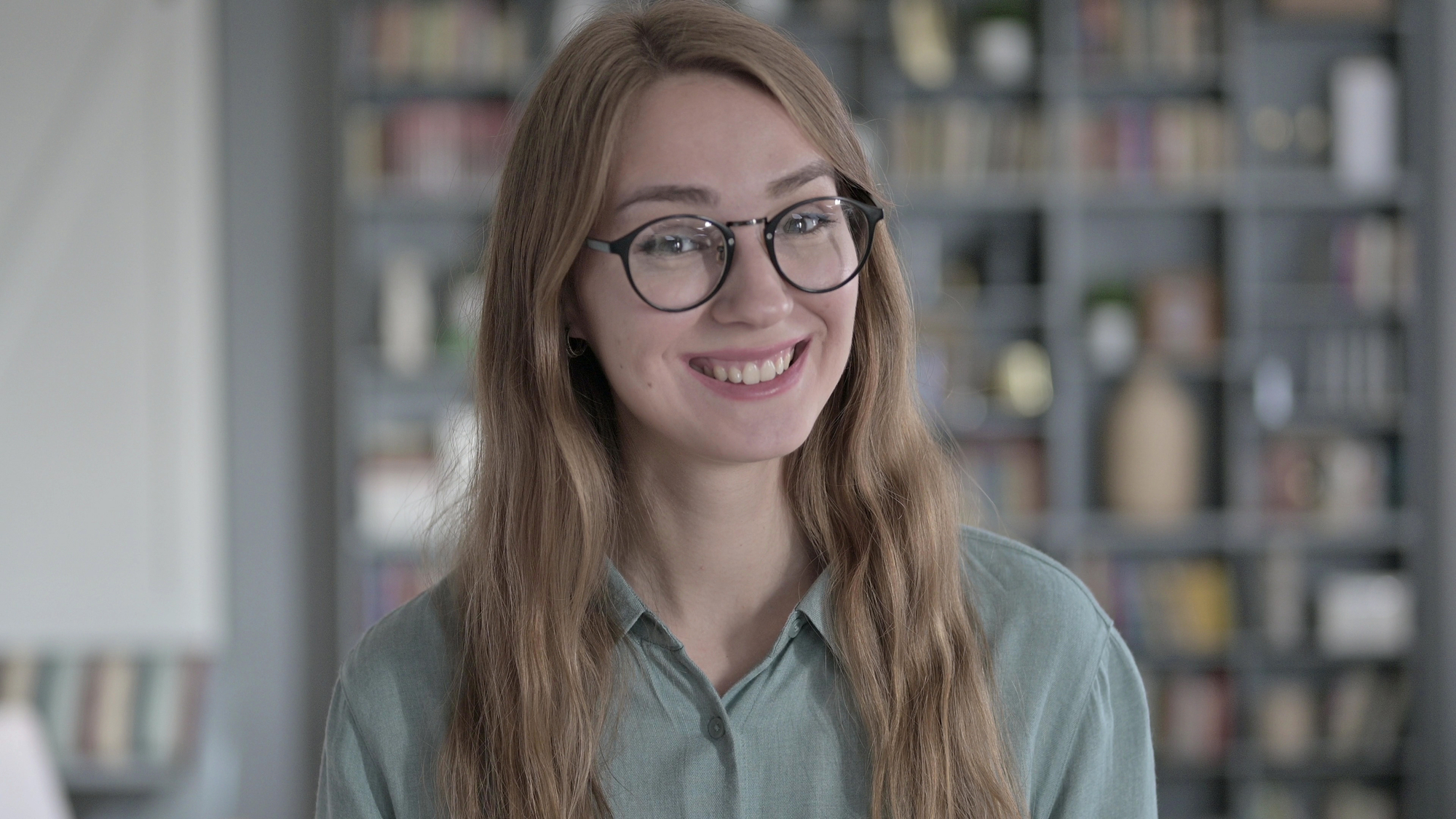These signs may point to someone who is masking their inner hurt.

Putting a brave face on a dire situation is sometimes the way to go. But always maintaining a façade of positivity even when you’re crying on the inside won’t do anyone any good. If you suspect someone is torn apart underneath their joyful appearance, you’ll likely notice some of the following signs.
1. They are constantly smiling and laughing.

People who are only surface-level happy may put on a cheerful demeanor even when they’re suffering. They use smiles and humor as a way to deflect attention from whatever pain they’re carrying. People have both good and bad days. A person who only ever seems to have good days may be hiding something ugly.
2. They avoid deep conversations.

Conversations tend to be superficial with individuals who are masking their hurt because they’re afraid of getting too deep. If the conversation comes to a deeper topic, they may have to express how they actually feel. People who are hiding intense pains sidestep deep conversations to avoid feeling vulnerable.
3. They stay constantly busy or overwork.

They just don’t stop. They have no free time because they are constantly packing their schedule with work or activities. Many people can’t recognize this as the avoidant behavior that it is. These people manage not to think about their pain by overloading themselves with responsibilities and activities.
4. They are the “helper” or caregiver.

There’s nothing wrong with helping others in a healthy context. However, a person who is hiding their true pain may neglect their own needs to be there for loved ones, offer emotional support, or step into a helping role. This is another avoidant behavior because it offers a distraction from their own feelings.
5. They may isolate themselves.

Some people can fake their way through social situations to get to the next time when they can withdraw and isolate. Isolation is an escape because they don’t have to confront what they’re feeling or risk sharing deeper emotions with anyone.
6. They minimize their own problems.

Many minimize or dismiss their own struggles with the claim that they are “fine”. They may believe that their problems aren’t as significant compared to others, so they avoid seeking help. By not seeking help, they won’t have to confront and deal with those difficult feelings.
7. They deflect with humor.

Humor is a convenient defense mechanism because it keeps other people from looking too closely. Sarcasm and jokes can mask deep emotional pain. Making jokes, including self-deprecating ones, about serious issues allows the person to dodge confronting and dealing with them.
8. They are people-pleasers.

People-pleasing is a convenient way to appear happy and avoid conflict. They focus on making others happy at the cost of their own needs and emotional well-being. By focusing on others’ happiness, they can deflect from the difficult questions that might arise should they voice a conflicting view or wish. If they don’t rock the boat, no one will come sniffing.
9. They demonstrate toxic positivity.

A person who is hiding their true hurt may display an overwhelming amount of optimism and positivity. They deny negative emotions and insist everything is fine, even when it’s clearly not. Not every situation has a silver lining, but they always try to find one. This is what is known as “toxic positivity”.
10. They must appear perfect.

A highly manicured, perfect image may be a way to compensate for internal struggles. Their unrealistic expectations for themselves are a way for them to gain validation or control over their emotions. It’s something else to focus on instead of the painful emotions they are hiding inside.
11. They may engage in escapism.

Escapism is an unhealthy coping mechanism with many faces. Some of the more traditional escapist activities are promiscuity, drugs, and alcohol. However, escapism also includes things like overindulging in food, binge-watching shows, or getting lost in video games.
12. They may display exaggerated independence.

They avoid asking for any help or showing vulnerability to an extreme degree. By handling everything alone, they are trying to prevent feelings of judgment or weakness. Furthermore, exaggerated independence keeps other people away so they can’t form deep connections where difficult feelings may emerge.









